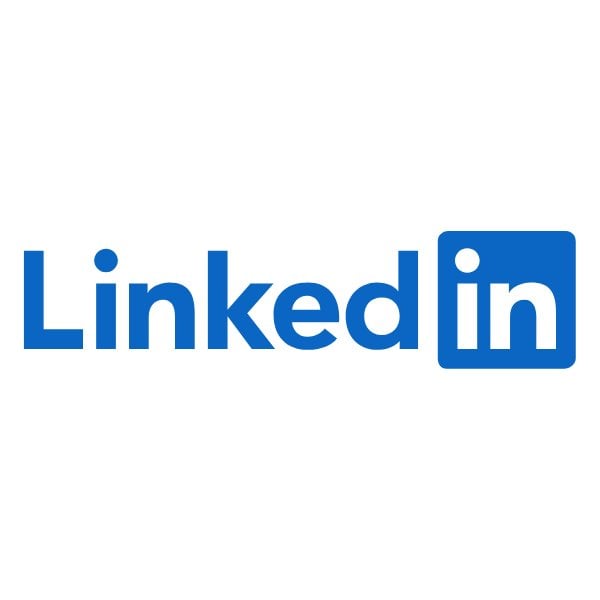

It’s no secret that being a woman in the workplace is a challenge in itself. In Australia, we have a workforce that's 45 per cent female, but only 32 per cent of our leadership positions are held by women. And I’m afraid I don’t come bearing good news — we’re also in the midst of what’s referred to as a "labour market downturn", which disproportionately affects women in leadership roles.
But having women in the workforce is — of course — critical, not just because, um, we need the money, but also because studies show that women leaders are far more likely to advocate for policies that support flexible work arrangements, career progression and internal mobility for other women.
With that said, in a tough job market, we’re all on lookout for tips to help us stand out, which is why Mamamia spoke to LinkedIn Career Expert Cayla Dengate for her advice on insights on how to get hired.
1. Highlight your personal brand upfront with a compelling headline.
If there’s one thing that will make you look polished in a competitive job market, Dengate says firstly that it’s having a complete LinkedIn profile.
"If you want LinkedIn to work for you, you're going to need to complete your profile — so filling out every section, writing a compelling headline and providing potential employers with a comprehensive picture of your capabilities and experiences," she recommends.
Attracting the notice of potential employers can be tricky, so Dengate's advice is to make sure you stand out from the very beginning using the executive summary feature on LinkedIn.
Dengate says: "In today’s competitive market, personal brand is crucial so make sure your personality and passions shine through. You can add these details in your executive summary on LinkedIn and help to personalise your profile."
"A compelling headline will help you get noticed more quickly by recruiters and hiring managers. It's the first thing employers see when they visit your profile. It should be concise, attention grabbing and reflect your professional identity."